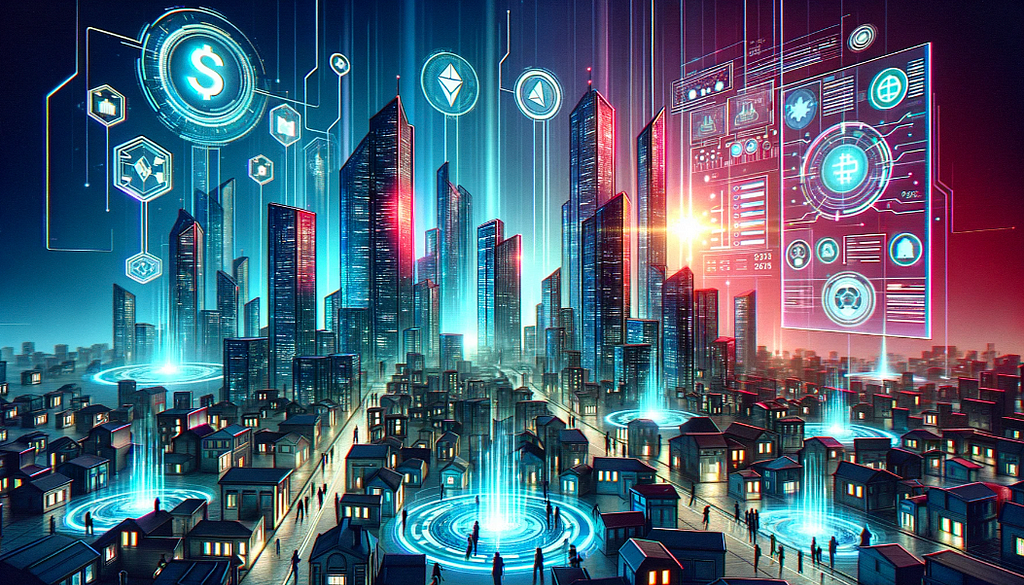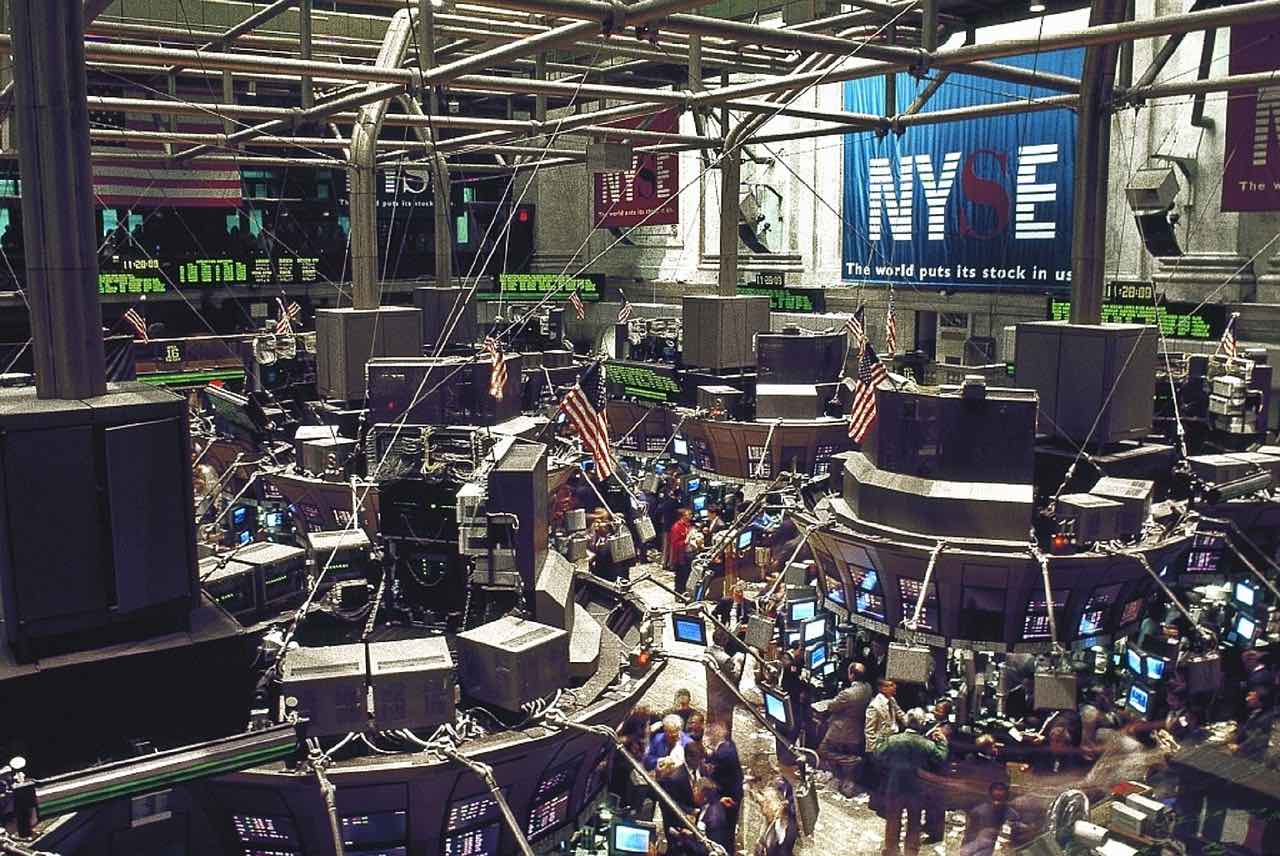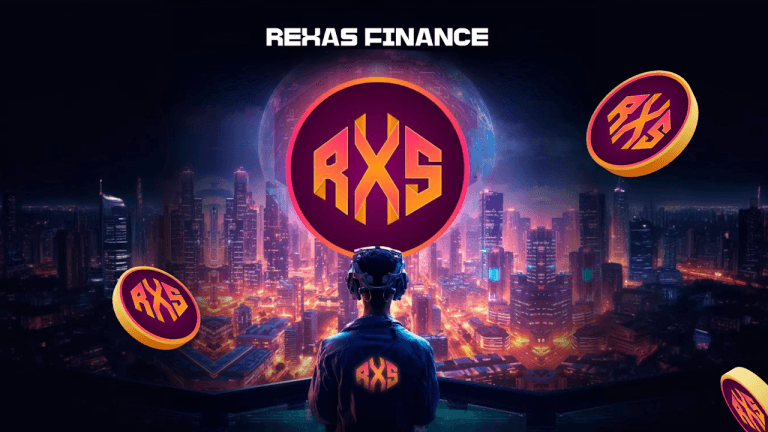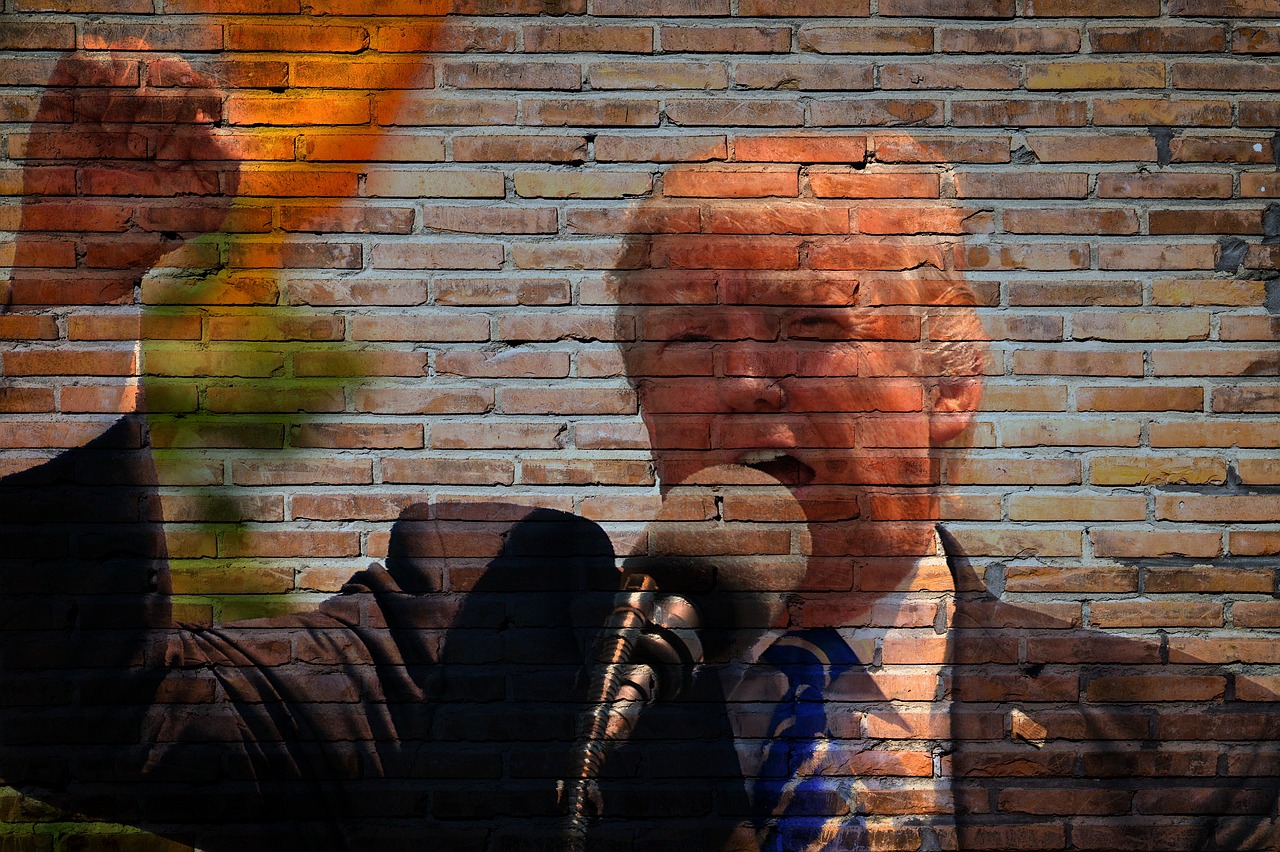The blockchain is opening up new possibilities and opportunities for investors to attain assets that were previously out of reach.

The rise of blockchain technology over the last 15 years has sparked excitement among investors of all classes. The technology provides users and investors provable ownership of a digital asset with near-perfect security.
Just as a person carries physical money in their physical wallet, the blockchain allows a person to hold digital money in their digital wallet.
But it goes further than digital assets…
The blockchain is now being used to facilitate fractional ownership of physical, real-world assets (RWAs) such as real estate, commodities, and even art.
Tokenizing Real World Assets
To ‘tokenize’ a real world asset means to create a digital replica of a physical asset on the blockchain. The blockchain can then issue digital tokens that are tied to the digital replica. This opens up new ways of investing, namely fractional ownership.
For example, a house in Beverley Hills that is too expensive for a retail investor to buy and rent out can be tokenized on a blockchain. That same retail investor can now purchase the blockchain’s tokens using dollars and own one square foot of the house. As the value increases, the investor can purchase more tokens and own more fractions of the house.
Ownership of the original asset can vary depending on the specific setup and the entities involved. Here are a few common scenarios that illustrate how ownership might work:
1. Direct Ownership by the Tokenization Platform
- Example: a blockchain company purchases a house and tokenizes it by issuing tokens that represent fractional ownership of a property.
- How It Works: The blockchain company owns the underlying asset (the house) and issues tokens on its platform. Token holders have a claim to a portion of the asset’s value or its revenue streams, such as rental income.
- Benefits: This model allows the company to control the asset and manage the tokenization process, ensuring compliance with regulations and maintaining quality standards.
2. Third-Party Asset Owners
- Example: An individual or company owns the asset (e.g., real estate, art, commodities) and partners with a blockchain platform to tokenize it.
- How It Works: The original owner retains ownership of the asset but issues tokens through a blockchain platform. The tokens represent a share of ownership, rights to income, or other benefits tied to the asset.
- Benefits: This approach allows asset owners to access liquidity without selling the entire asset, offering investors fractional ownership while retaining control.
3. Special Purpose Vehicle (SPV) Structure
- Example: A Special Purpose Vehicle is set up to own the asset, and investors buy tokens representing shares in the SPV.
- How It Works: The SPV is a legal entity created specifically to hold the asset. Tokens represent equity in the SPV, providing a clear legal framework for ownership and distribution of income.
- Benefits: This structure can simplify regulatory compliance and provide a layer of separation between the asset and the tokenization platform.
4. Decentralized Tokenization
- Example: Decentralized finance (DeFi) platforms enable tokenization without a central authority owning the asset.
- How It Works: The asset is tokenized using smart contracts, and ownership is distributed among token holders according to predefined rules. The original owner may still hold significant tokens or control aspects of the asset.
- Benefits: This model promotes transparency and reduces the need for intermediaries, aligning with the decentralized ethos of blockchain technology.
Considerations for Real-World Asset Tokenization
- Regulatory Compliance: Depending on the jurisdiction, tokenizing real-world assets may require adherence to securities laws and other regulations.
- Trust and Verification: Establishing trust in the underlying asset’s ownership and value is crucial. This may involve third-party audits or legal agreements.
- Liquidity and Market Dynamics: Tokenizing assets can enhance liquidity, but market demand and the platform’s reputation can significantly impact token value and tradability.
Conclusion
Tokenized RWAs offer many investors access to assets that may have previously been unavailable due to the necessity of large upfront capital. Fractional ownership on a blockchain offers investors with varying levels of capital to invest in RWAs at lower cost.
Other benefits of provable, fractional ownership on a blockchain include transparency, transactional history, greater cybersecurity, and liquidity in assets that are generally not liquid.
The tokenization of RWA is already being applied to the traditional global trade markets tokenizing everything from ship manifests to livestock to Treasury bills.
Foretoken covers these markets and the ongoing tokenization of RWA. Subscribe for more!
What Are Tokenized Real World Assets? was originally published in The Dark Side on Medium, where people are continuing the conversation by highlighting and responding to this story.

 1 week ago
23
1 week ago
23







 English (US) ·
English (US) ·